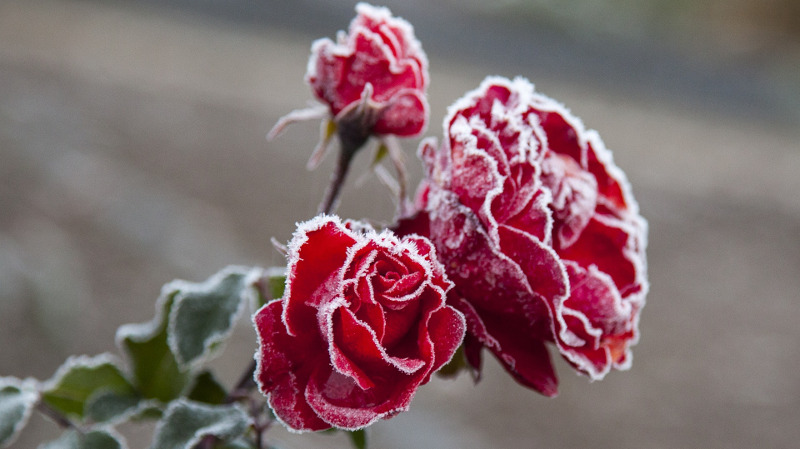The Allure of the Winter Rose
There’s something magical about seeing a flower in bloom when frost covers the ground. Among the plants that dare to blossom in the cold, the winter rose stands out for its beauty and resilience. Often referred to as Helleborus niger, or simply hellebore, this plant defies the season’s chill by producing elegant blooms from late winter into early spring. In the garden, its creamy-white petals sometimes blush with pink as they age, adding soft color to otherwise muted landscapes. For many gardeners, the winter rose isn’t just another plant; it’s a symbol of hope that life can flourish even in the harshest conditions.
A Flower Steeped in History and Legend
The winter rose has a long and fascinating history. Native to mountainous regions of Europe, it has been cherished for centuries both for its ornamental value and its place in folklore. Ancient legends often link the winter rose to Christmas—one tale tells of a young girl who had no gift for the Christ child and, in her sorrow, saw this delicate flower bloom through the snow. In Victorian times, the winter rose was a favored plant for shaded gardens, admired for its ability to add elegance to the most challenging corners of an estate. Today, it remains a favorite among gardeners seeking year-round interest.
Symbolism and Meaning
In the language of flowers, the winter rose carries deep symbolic meaning. Its blooms during the coldest months are seen as a representation of perseverance, endurance, and quiet strength. For some, it symbolizes purity and renewal, reflecting the way it emerges fresh and unspoiled after months of darkness. In holiday arrangements, it can also represent peace and goodwill. Whether given as a gift or planted in a winter garden, the winter rose is more than just a pretty face — it’s a reminder that beauty and grace can exist in even the most unlikely circumstances.
Growing Conditions and Care Tips
One of the most appealing qualities of the winter rose is how easy it can be to grow once you understand its preferences. This hardy perennial thrives in partially shaded areas with well-draining soil. While it can tolerate frost and even snow, it appreciates some protection from harsh winter winds. Planting in a sheltered spot, such as near a wall or beneath deciduous trees, helps shield it from extreme cold while allowing enough light for healthy growth. Regular watering is important, but overwatering should be avoided, as hellebores dislike soggy roots.
Planting and Maintenance
To establish a winter rose in your garden, plant it in autumn or early spring. Dig a hole twice the width of the root ball, place the plant in, and backfill with enriched soil. Adding compost or organic matter improves both soil fertility and drainage. Once planted, winter roses require minimal maintenance. Removing old, damaged leaves in late winter not only keeps the plant looking tidy but also reduces the risk of fungal disease. Every few years, clumps can be divided to produce new plants and encourage stronger flowering.
Companion Plants for Year-Round Beauty
Winter roses pair beautifully with other shade-loving plants, creating visual interest throughout the year. Early spring bulbs such as snowdrops and crocuses complement their blooms, while ferns and hostas provide lush foliage during the warmer months. Evergreen shrubs, like boxwood or holly, offer a structural backdrop that enhances the delicate petals of the hellebore. By combining these elements, you can create a garden bed that transitions seamlessly from winter through summer.
Varieties to Explore
While the classic Helleborus niger is the most well-known, many hybrid varieties have been developed, offering a range of colors and patterns. From deep purples and pinks to spotted and double-flowered forms, the diversity of winter roses means there’s a perfect match for every garden style. Some varieties bloom earlier, while others extend the flowering season well into spring. Collecting different cultivars can create a dynamic display that brightens the cold months year after year.
The Winter Rose Indoors
Though typically grown outdoors, winter roses can also be enjoyed indoors for a limited period. Potted plants make charming seasonal gifts, bringing natural beauty into the home during the holiday season. When kept inside, they prefer cool, bright locations away from direct heat sources. After flowering, they can be transplanted into the garden, where they’ll continue to thrive for many years.
A Bloom That Defies the Season
In a world where most plants rest during the colder months, the winter rose’s blossoms are a quiet rebellion against the season’s dormancy. Its understated elegance, coupled with its ability to thrive in challenging conditions, makes it a treasured addition to gardens worldwide. Whether admired for its history, symbolism, or simple beauty, the winter rose offers a reminder that resilience often brings forth the most captivating blooms.
